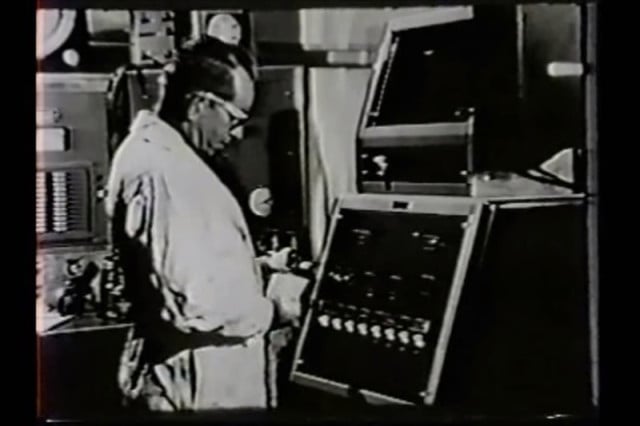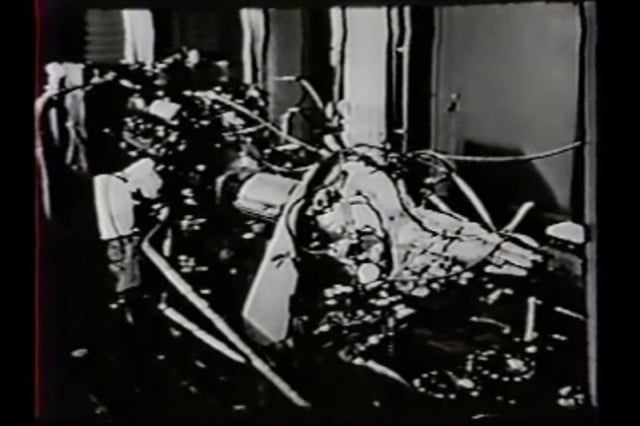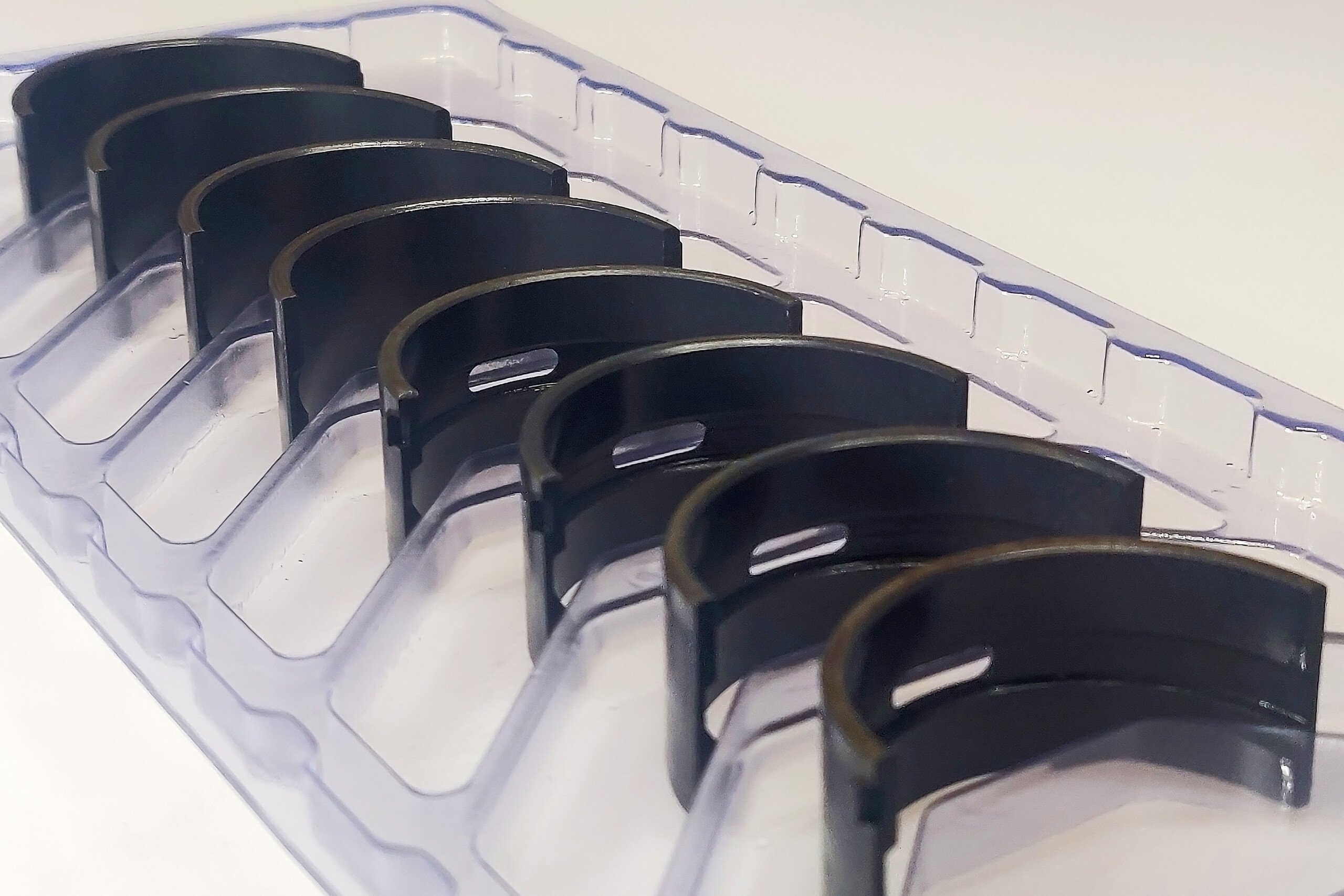When you consider the ridiculous amount of computing power that’s packed into any run-of-the-mill smartphone these days, early corporate films like this one from Ford (prosaically entitled “Visa to Le Mans”) become that much more interesting—and impressive. Using an oscillograph (an instrument that measures variations in electric current) as a primitive onboard datalogger, Ford engineers were able to simulate the on-course throttle, clutch and shift patterns of the company’s race engines—in this case, the 427 FE, a NASCAR-tested powerplant that by 1966 had migrated from the Galaxie 500 to the company’s high-performance, mid-engine GT40 sports car. The backstory behind Ford’s early commitment to off-track race testing, however, is an even more interesting tale.
 In early 1963, Ford entered into preliminary negotiations with Ferrari to buy out the iconic Italian manufacturer. After the Blue Oval reportedly spent a seven-figure sum to vet Ferrari’s financials, Enzo Ferrari—who was apparently miffed at Ford’s refusal to run a Ferrari engine at Indy—abruptly decided to end the talks.
In early 1963, Ford entered into preliminary negotiations with Ferrari to buy out the iconic Italian manufacturer. After the Blue Oval reportedly spent a seven-figure sum to vet Ferrari’s financials, Enzo Ferrari—who was apparently miffed at Ford’s refusal to run a Ferrari engine at Indy—abruptly decided to end the talks.
Stung by the snub, Henry Ford II figured that his best shot at ending Ferrari’s dominance in endurance racing would be to beat the Italians at their own game and build his own mid-engine car—a decision that would eventually lead to a half decade of success for Ford at the venerable Circuit de la Sarthe.
Ford initially outsourced the new GT program to Lola, which built a prototype that was based on its Mk 6 chassis and powered by a 4.2-liter Fairlane engine. The car ran at Nurburgring and Le Mans in 1964 with mixed results—and poorly elsewhere—and by year end Ford had decided to hand the GT reins to Carroll Shelby, who promptly decided to swap out the 4.2 for the 4.7 that was residing in the Cobra’s engine bay at the time.
But Ford engineers were still skeptical, and they convinced Shelby that to compete with Ferrari, they would not only need to build their own engine and transmission, they would have to assemble a series of dynos that would allow them to simulate, as closely as possible, the on-course conditions at Le Mans—and that would have the durability to do it over and over again. The result is the setup in the company’s dynamometer laboratory shown in the video, with the new engine—the 427 that would power the second GT40 chassis, the Mk II—being put through its paces while connected to a entire room’s worth of early computers and other monitoring equipment.
The film concludes with a shot of the GT40’s impressive 1-2-3 finish in the ’66 race at Le Mans (the Mk II had also finished 1-2-3 in the first-ever 24 Hours of Daytona that year, while three different GT’s (the X-1, Mk II and Mk 1) finished 1-2-3 at Sebring in March), but at this point the car was just getting started. In 1967, the newest GT40 chassis—the Mk IV, the only GT40 built completely in the United States—would take both Sebring (with Mario Andretti and Bruce McLaren at the wheel) and, two months later, Le Mans, with A.J. Foyt and Dan Gurney sharing the driving duties.
The Mk IV’s dominance, however, would prove to be its undoing, because the following year, the rules were rewritten to limit engine displacement to 3.0L. This effectively knocked the heavy-hitting Mk IV out of action, but even then, Ford would not be denied: In both 1968 and ’69, the old Mk 1 chassis with the original (though reworked) 4.7L engine under the hood would take Le Mans for a third and fourth consecutive time.
The video is a fascinating look at both early engine-management technology and the American sports-car racing scene at the dawn of the muscle-car period. Check it out!
Thanks to Barry Rabotnick of Survival Motorsports for the footage.

















